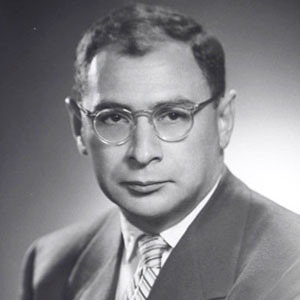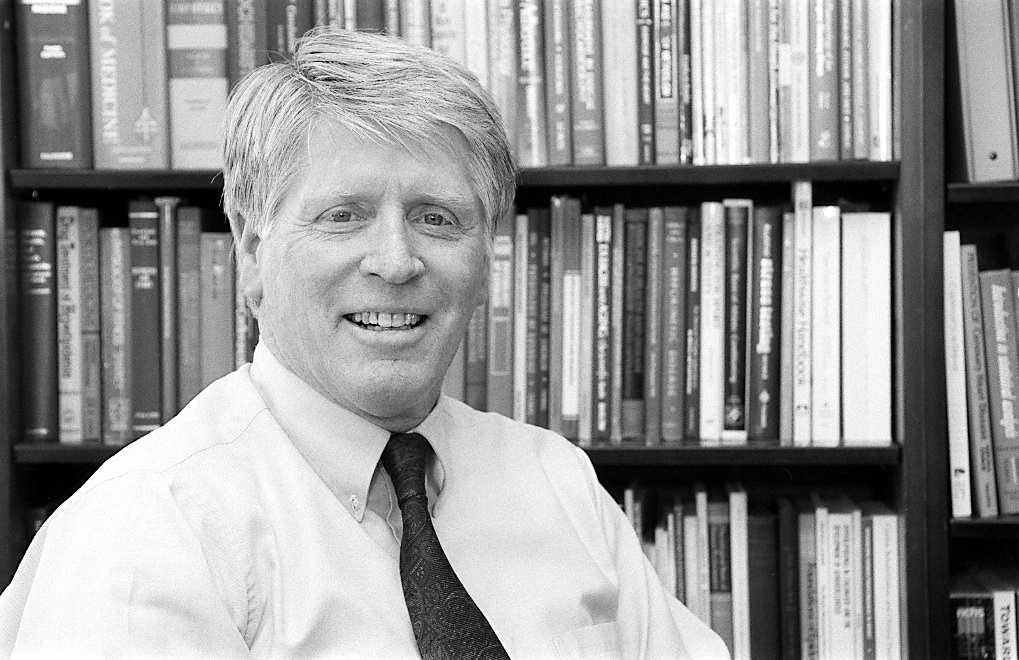Health Care
Stanford Medicine delivers unparalleled care for each patient’s unique needs. Our multidisciplinary approach to health care coordinates expertise with the most advanced technology for the best possible outcomes.
Clinical Trials
Stanford Medicine offers patients direct access to clinical trials that safely evaluate new ways to prevent, diagnose and treat disease.
Patient Care
Driven to discover and committed to advancing health, our physicians are dedicated to developing new insights and improving outcomes.
Advancing the Standard of Care
-
Virtual tour of the brain
Stanford Medicine is using a new software system that combines imaging from MRIs, CT scans and angiograms to create a three-dimensional model that physicians and patients can see and manipulate — just like a virtual reality game.
-
Gift establishes cancer cell therapy center
Silicon Valley entrepreneur Jeffrey Rothschild and his wife, Marieke, have provided funding for a new venture at Stanford Medicine to test cancer cell therapies.
-
Siblings get double-lung transplants
David Diaz, 9, who has cystic fibrosis, received a pair of new lungs three years after his sister, who also has CF, underwent a double-lung transplantation.
A Legacy of Innovation
-
First use in Western hemisphere of linear accelerator to treat cancer


A 2-year-old boy with a tumor in his eye is the first to undergo X-ray treatment from a medical linear accelerator developed by Henry Kaplan and campus physicists.
Read more about Dr. Henry Kaplan (PDF)
Read the 1956 press release (PDF)
-
First neonatal intensive care unit to allow parent visitation
Stanford creates the first neonatal intensive care unit that allows visitation by parents.
-
First successful human combined heart/lung transplant in the world (fourth attempted worldwide)

Mary Gohlke receives the world's first combined heart and lung transplant in a landmark operation led by surgeon Bruce Reitz.
-
First clinical trial testing methods for preventing eating disorders in adolescents


Researchers Joel Killen and Thomas Robinson publish findings that shed light on the causes of eating disorders in adolescents.
-
First demonstration that lifestyle changes and drug therapy decrease heart attack rates and slows progression of atherosclerosis in coronary arteries

Researcher William Haskell shows that intensive lifestyle changes and prevention/treatment programs can reduce cardiac events and slow the progression of atherosclerosis in coronary arteries.
-
Development of a new type of imaging system that can illuminate tumors in living subjects, getting pictures with a precision of nearly one-trillionth of a meter

Radiologist Sanjiv Gambhir develops a new type of imaging system that can illuminate tumors in living subjects with a precision of nearly one-trillionth of a meter
-
New method allows sequencing of fetal genomes using maternal blood

Bioengineer Stephen Quake develops a groundbreaking method to sequence the genome of an unborn baby using only a blood sample from the mother.
-
A new technique induces egg growth in infertile women, and one gives birth



An in-vitro activation procedure developed by endocrinologist Aaron Hsueh is used to induce egg growth in some infertile women, and one gives birth.
Precision Health
We are leading a biomedical revolution to improve health, reimagining patient-centered care that is proactive, predictive, and precise.